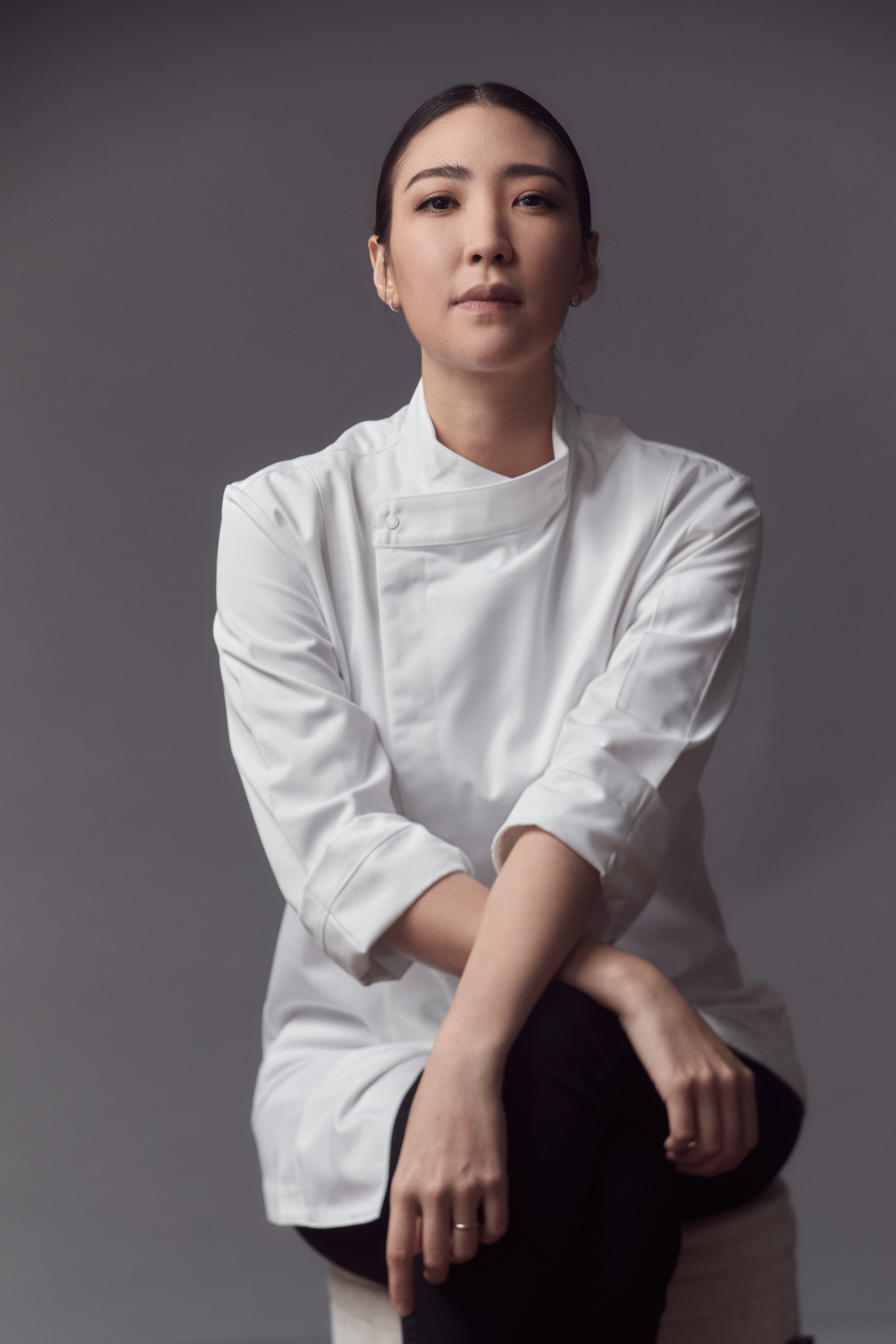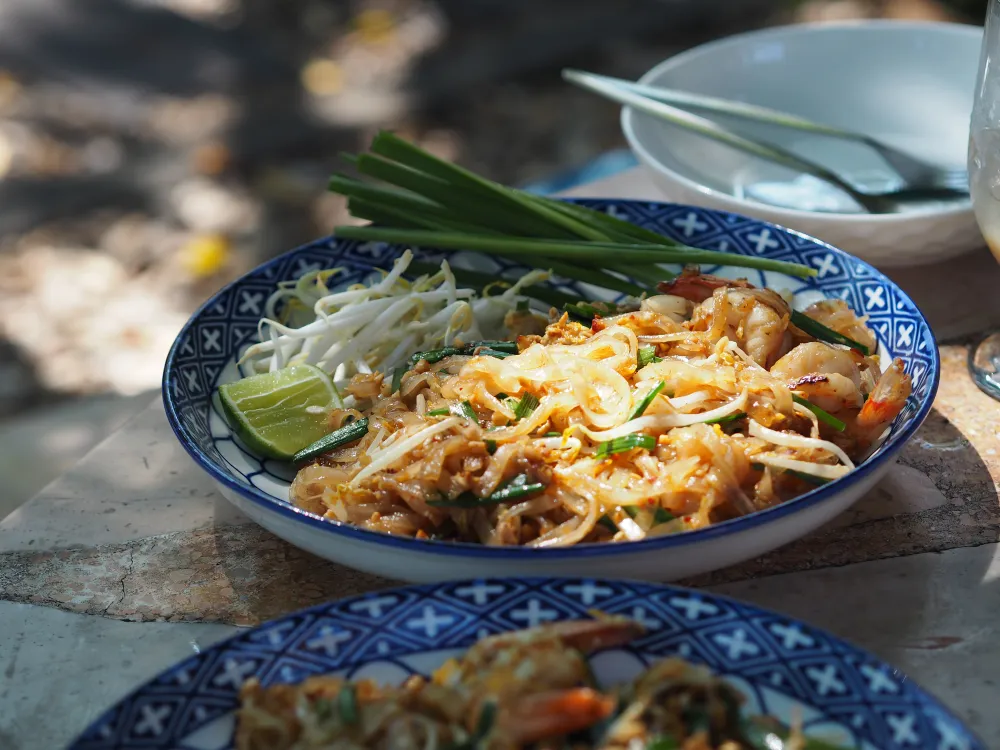Pad thai is made by stir frying thin flat rice noodles in garlic, chai poh (Chinese sweet-salty preserved radish), dried shrimp and tofu, with a sauce made of fish sauce, tamarind paste and palm sugar.
Penpak Ngamsathain/Getty Images
Pichaya “Pam” Soontornyanakij—better known as Chef Pam, the Michelin-starred chef at the helm of Bangkok’s Potong restaurant—is descended from a family that moved to Thailand from southern China in the 1880s, five generations ago. Although her roots can be traced back to Fujian Province, Soontornyanakij grew up in a family that had long since assimilated into Thai culture—or so she thought.
“Growing up, my mom cooked pad thai regularly—maybe once a month,” says Pam. “I thought it was Thai.” It wasn’t until she started studying food and went to culinary school that she realized most of the food she had eaten in her family home was in fact Thai Chinese.
Chinese immigrants have been moving to Thailand since the 12th century, but numbers started growing in the late 19th and early 20th centuries, as poor migrants sought work and a better life in Thailand. By the early 1900s, about one-seventh of Thailand’s population was of Chinese descent. The Thai Chinese community mostly assimilated to Thai culture and adopted the Thai language, and they can now be found across all classes of Thai society. Meanwhile, their continued impact on the national cuisine is undeniable.
Pichaya “Pam” Soontornyanakij, better known as Chef Pam, is the Michelin-starred chef at the helm of Bangkok’s Potong restaurant. She is descended from a family that moved to Thailand from southern China in the 1880s. Potong
Pad thai, the national dish of Thailand, is arguably the most prominent example of Thai Chinese cuisine. “Thai stir-fry,” as it means in Thai, is made by stir-frying thin, flat rice noodles in garlic, chai poh (Chinese sweet-salty preserved radish), dried shrimp and tofu, with a sauce made of fish sauce, tamarind paste and palm sugar. The tricky part, explains Pam, is getting the flavor and texture balance of the noodles just right.
“We don’t cook the noodles like you cook pasta, we sauté them in a pan of sauce. The idea is to cook the noodles until they absorb enough sauce to get the flavor right—but…
Click Here to Read the Full Original Article at Travel | smithsonianmag.com…
